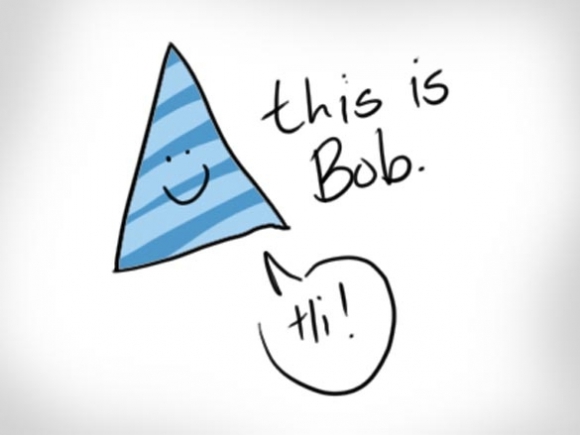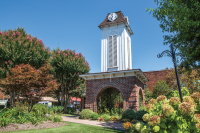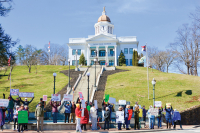Folkmoot's Cultural Conversations: At the intersection of inequality

Cultural bias and conflict aren’t new to Western North Carolina; chattel slavery and Cherokee removal still leave a deep and painful legacy for many in the region — something Folkmoot’s Cultural Conversations program seeks to remedy.
But those conflicts run deeper when they’re compounded in those who identify as a member of not just one but two or more minority groups at the same time.
While this may seem difficult to comprehend for some people — like me — who identify as a member of exactly zero marginalized groups, the “intersectional perspective” holds that oppression is rarely the result of a single factor, and is instead the culmination of many interlinked factors.
Confused? Well then, let me introduce you to a friend of mine who just might help you make sense of it all.
Bob the stripey blue triangle
Each week, a diverse panel of participants in the Cultural Conversations program — myself included — meet, appropriately, at the Folkmoot Friendship Center to sit in one big circle and discuss issues pertinent to race, ethnicity and inequity.
Related Items
Guided by the course materials and facilitator Angela Dove, we have come to know ourselves and each other better, and also have learned much about the state of our community’s social order.
Sometimes complex discussions take place over those two hours, as words dance finely around sensitive topics most people don’t give a moment’s waking thought to.
Enter Bob.
Created by Miriam Dobson, a British Ph.D. researcher at the University of Sheffield, Bob is a light blue triangle who also has dark blue stripes.
Unfortunately, Bob faces discrimination for being a triangle.
Bob also faces discrimination for having stripes.
Liberation groups exist for the tri-angled and also for the striped, but they don’t always play nicely together; Dobson’s short comic strip about Bob explains that these groups not only don’t cooperate, but instead compete with each other for recognition and resources that are finite and scarce.
Unstriped triangles leer suspiciously at Bob, as do striped circles, rhombuses and dodecahedrons. Bob feels only partially welcome in both of those groups.
This leaves Bob with a difficult choice — does Bob identify more closely as a triangle, or as a bearer of stripes?
That’s a choice no one should ever have to make, but without intersectional groups that promote the equality of all the oppressed, umm, shapes, the intertwining oppressions that isolate some folks will never be solved.
While Bob certainly is a whimsical fictional character, there are obvious analogues in our society.
Think it’s tough being black in America today? Try being a black gay Jewish woman in America today.
So what’s a black gay Jewish woman to do? Support African-American liberation groups, and LGBTQ groups, and Jewish groups and feminist groups that often have competing ideologies?
That’s a lot of supporting! But it’s all incredibly important and can have a dramatic effect on the existing power structure if the groups all work together.
So whether you’re black, white, male, female, gay, straight, Christian, Muslim or Jew, intersectionality must rally around the presumption that if one of us are oppressed — even a stripey blue triangle — all of us are oppressed.
All of us, that is, except the squares.
This is part three of a series chronicling SMN Staff Writer Cory Vaillancourt’s participation in Folkmoot’s inaugural Cultural Conversations program. Check back next week for the final installment. For more information about Folkmoot, visit www.folkmoot.org. For more information on Miriam Dobson, check out www.miriamdobson.com.









